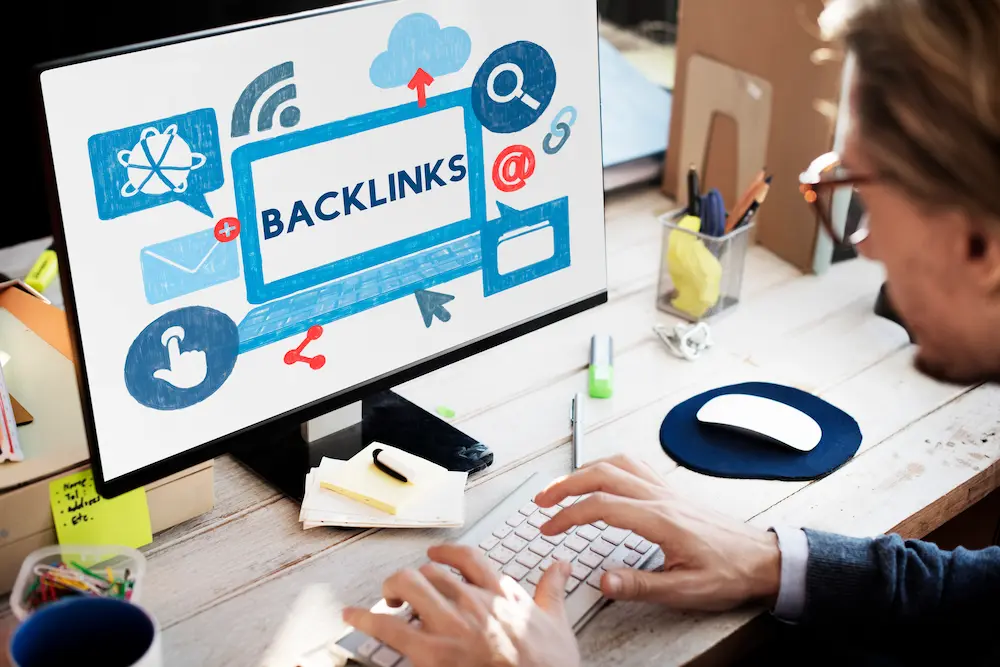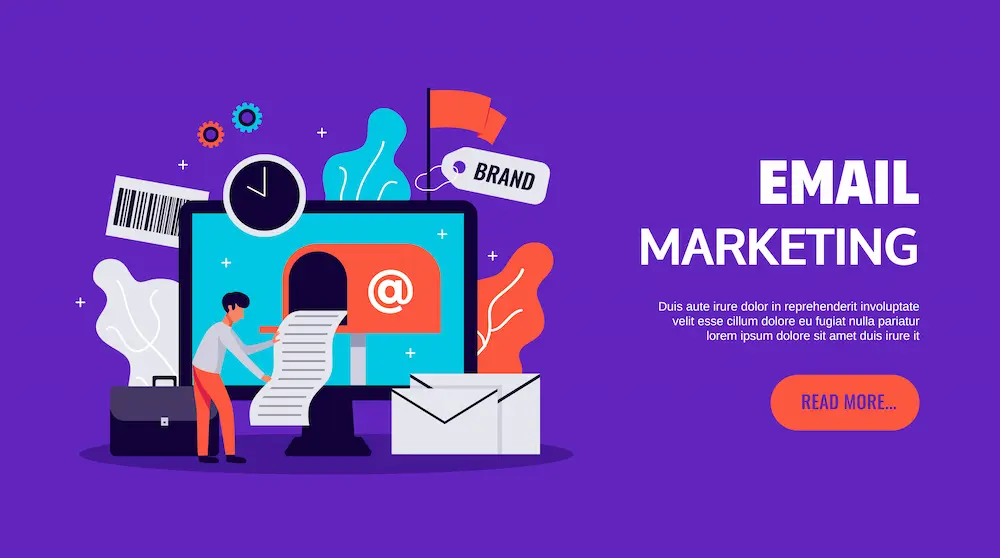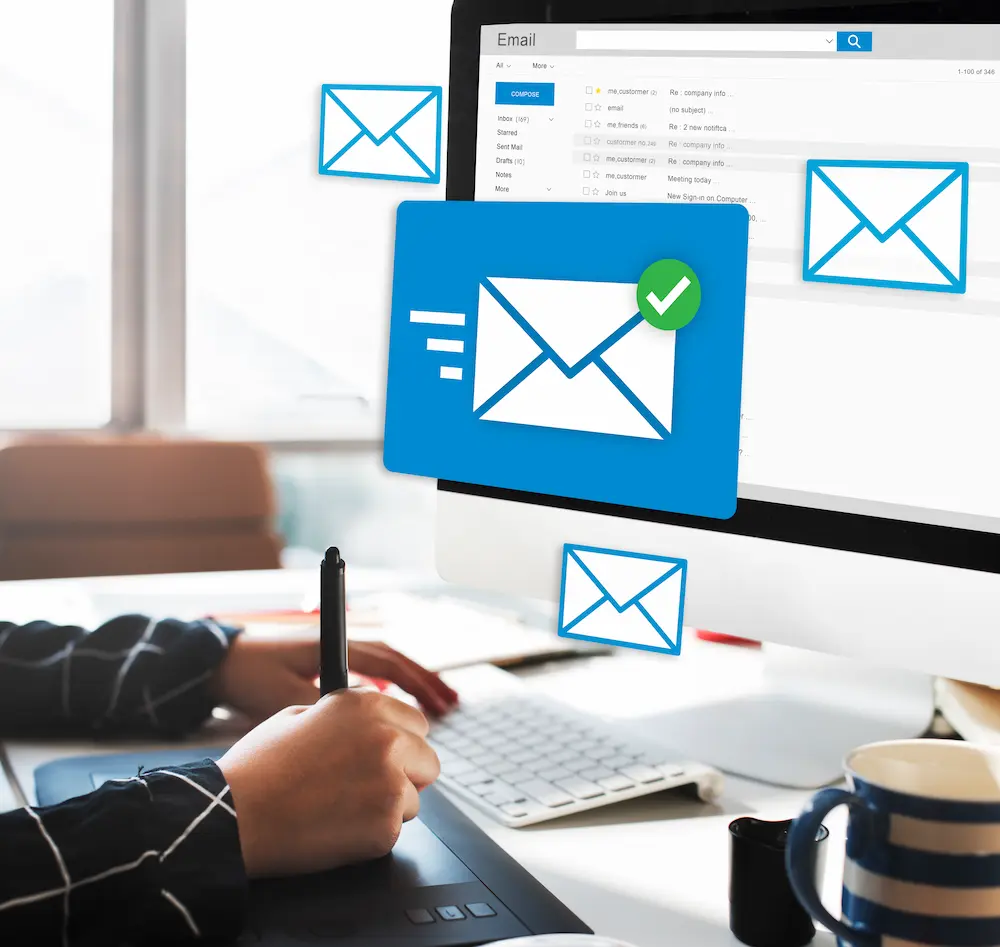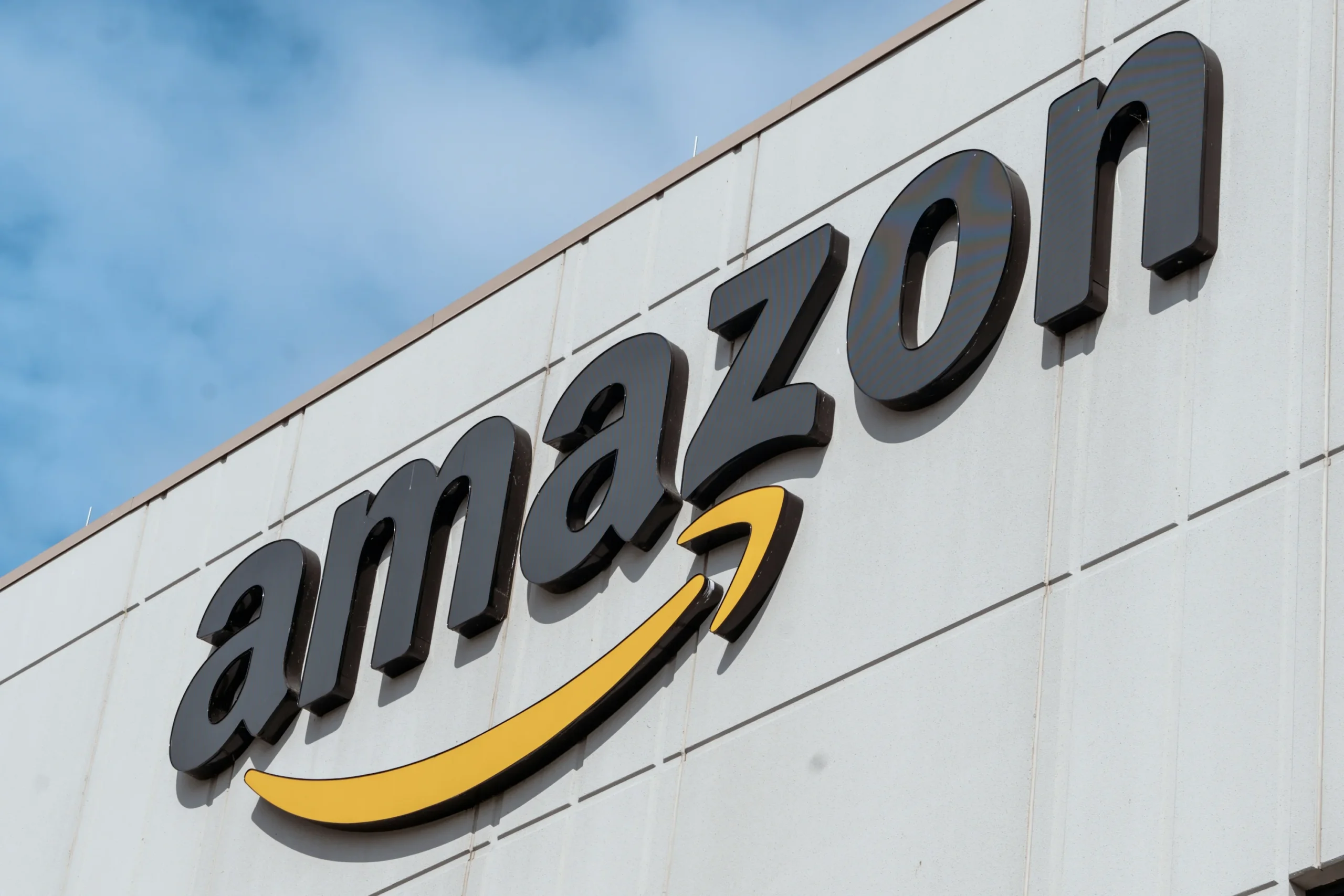What It Means When One Chooses to Receive Marketing Emails In Your Organisation
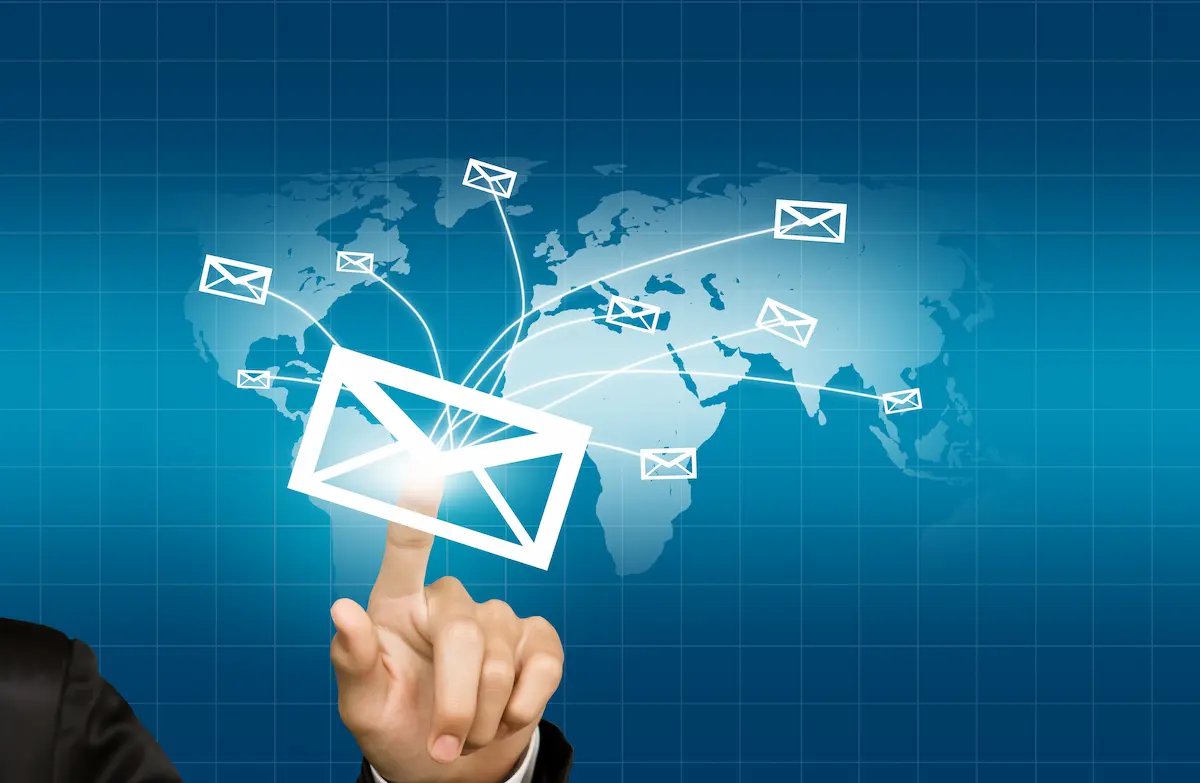
INTRODUCTION
Email marketing is still one of the most powerful relationship-builders in 2025. Social media sites refresh their algorithms every few months, advertisements become more expensive, and people become distracted by constant notifications. But email is personal, it’s direct, and it’s regular. But here’s one vital element that tends to go unnoticed: it only works if someone voluntarily subscribes to receive marketing emails in your business platform.
That is a strong selection. It is not just a box ticked in at the bottom of an opt-in form. It’s trust, genuine interest, and willingness to be heard from again. Simply put, when a person chooses to receive marketing emails on your website, they are opening the door to a relationship. That door can open up to enduring loyalty or be slammed shut quickly if the privilege is abused.
Let’s get into what this actually implies, why it is so crucial, and how businesses ought to consider this choice with the level of respect that it deserves.
Why the Decision to Accept Marketing Emails Matters
When someone chooses to receive marketing emails from your business, they are making an active decision. Unlike unsolicited advertising that appears out of nowhere on social streams, this is permission email marketing. Permission is worth it these days, as attention is scarce and trust hard-won.
Think about it: consumers aren’t waking up in the morning excited to receive additional offers. Instead, they’re cautious, generally skeptical. Their inboxes are already full. So, when they do click “Yes, I want updates” or “Subscribe to the newsletter,” it’s a big thing. They’re indicating that they appreciate what you offer.
This choice has three meanings:
- Trust in your brand – They believe that you will not misuse their inbox and will not misuse their information.
- Interest in your products or services – They are interested enough to desire ongoing updates.
- Willingness to relationship-building – They are giving you the opportunity to engage on a regular basis.
It’s not being forced upon, and that’s why it works so well. When a customer chooses to receive marketing emails in your system, you can be sure that communication is welcome.
How Customers Make This Choice
Customers can choose to receive marketing emails in your system through several avenues, each representing differing levels of intent. Let’s break them down.
1. Opt-In Checkboxes on Signup Forms
The most common place is during sign-up. A new customer is creating an account, and at the bottom, they see a checkbox: “Yes, I’d like to receive marketing updates and special offers.” Clicking that box is an intentional act. It’s not automatic; they have to decide.
When someone checks this box, they’re saying: “I don’t just want to be able to use your platform; I also want to hear from you regularly.” That’s a higher level of commitment than just joining.
2. Newsletter Subscriptions
The second most common way is subscribing directly via a newsletter. In this case, the only purpose for them giving out their email address is to stay in touch. That means your value in communication is the entire bundle. When a person subscribes to receive marketing emails in your newsletter, they are not doing it accidentally. They are requesting constant value in the form of offers, tips, or insights.
3. Account Settings or Preferences
At other times, customers subscribe without initially choosing email marketing. Later, though, they go into their settings and sign up manually. This is a positive indicator of intent, since it’s willing, retroactive. They’re indicating: “I didn’t know I’d want this before, but I do now.” When a customer chooses to receive marketing emails from their preference panel, that means that you’ve worked to build trust with them over time.
4. E-Commerce Checkout Options
Subscribing at checkout is available in most e-commerce stores. Consider purchasing a new pair of shoes and noticing a tiny check box: “Keep me posted with special offers and product launches.” If the customer selects that, the good purchase experience encouraged them to ask for more. They’re willing to establish a continuing connection beyond one single transaction.
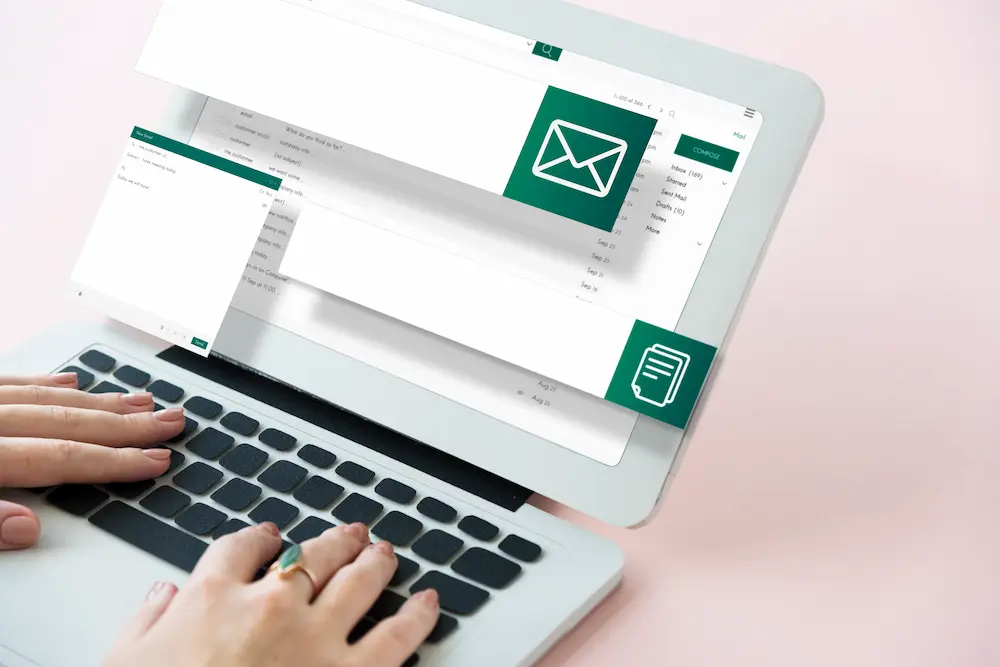
Why This Decision Should Never Be Taken Lightly
When a customer chooses to receive marketing emails in your business, it can be just another address on your email list. But to them, it is not. They’re giving you real estate in their inbox—the same inbox where they receive messages from family, friends, work, and other trusted sources.
That means:
- It’s respect. Abuse their trust and you’re out forever.
- It’s about responsibility. You’ve now got a responsibility to deliver worthwhile content.
- It’s about opportunity. Treat it well, and you’ve got a direct line to someone actually interested in your brand.
Too many businesses fall into the trap of regarding subscribers as numbers instead of people. But each time a user chooses to receive marketing emails on your platform, they’re making an offer to prove yourself.
The Weight of Explicit Consent
The second fundamental component of this choice is clear consent. This is contrary to passive data collection or forced signups. This is clear, recorded consent. This customer is stating: “I agree to be contacted by you.”
This works for both sides:
- For the customer: They are empowered. They made a choice. They can also make another choice.
- To the company: It keeps you legally (under GDPR, CAN-SPAM, etc.) and ethically protected. You’ve got good proof that mail was welcomed.
The word “explicit consent” is super jargon-y, but in practice, it is really all about respect. When somebody chooses to receive marketing emails in your database, they must feel safe, cherished, and confident that their choice will not come back to haunt them.
The Emotional Aspect of the Decision
Other than legality and commercial result, there is also an emotional factor in this choice. Why does someone give out their email address?
- Hope for value – They expect to get something valuable in return.
- Curiosity – They want to learn more about your promotions or content.
- Belonging – They want to be a part of your brand community.
- Convenience – They don’t want to miss out on offers, updates, or news.
When customers choose to be marketed to via email in your business, they are silently expressing their mindset. They’re not just passive acceptors—they are active members of your relationship with marketing.
A Small Box, A Big Decision
It looks tiny at first sight: tiny box at the end of a form. But in fact, that tiny click is one of the most important things for digital marketers. It separates the willing from the unwilling.
Every marketer should remember: behind every ticked box is a real person making a small but significant choice. When that person chooses to receive marketing emails within your ecosystem, you’ve crossed the line from being a stranger brand to being a trusted voice in their inbox.
That’s not small. That’s everything.
Why This Choice Matters
In today’s internet marketing, nothing is more valuable than trust. Your customers are bombarded with ads no matter where they go—on social media sites, search engines, YouTube, and even within apps. And yet, in all the hubbub, email remains one of the most personal and effective channels of communication. The problem is, it only works if a person chooses to opt in and receive marketing emails in your system.
This choice may look small from the outside, but it’s an extremely significant decision. By opting-in to marketing emails within your platform, they’re making a statement about how much they trust you, how much they care to hear from you, and whether they believe your content will be worth their time.
Let us break down why such a move is so crucial and how businesses can respect, support, and make the most of the opportunity it presents.
Trust and Transparency
Trust is at the center of any successful relationship, and email marketing is no exception. People guard their inboxes more intensely than just about any other digital property. Their inbox is where messages from friends and family, work, and other important correspondents live. It’s a big deal to invite a brand into that space.
When someone chooses to receive your marketing emails in your system, they are really saying: “I have confidence that you won’t misuse this privilege.” They hope your messages will be spam-free, relevant, and respectful.
Transparency is big here. If you just tell them what type of emails they will be getting—whether it’s special deals, inside stories, or tips—and they trust you. But if you trick them into signing up, or worse, add them without even asking, you destroy trust in an instant.
One misuse—like posting unnecessary content or too many messages—can cancel out months of establishing your brand. Or, each effectively composed, pertinent email reinforces faith that started when they signed up to get marketing emails in your system.
Legal Compliance
Aside from trust, there is also the law. Regulations like GDPR in the EU and CAN-SPAM in the US aim to protect consumers. They leave no room for confusion on one point: you cannot send promotional emails to an individual without their consent.
When someone decides to opt into getting marketing emails within your system, they give you express permission. That not only grants you the right to communicate with them ethically, but it also gives you the legally protected right to communicate with them. If any authorities ever challenge your policies, you can demonstrate evidence that customers opted in.
Surrendering this permission can cost you enormous fines, damage to your reputation as a business, and even blacklisting of your email domain. That is why this choice isn’t just about successful marketing—it’s also about being law-abiding.
Briefly, every time a customer chooses to get marketing emails in your system, they’re giving you something very precious: ethical permission along with legal cover.
Quality Engagement
Mass emailing random contacts hardly does anything anymore. People ignore them, delete them, or worse, mark them as spam. But when somebody explicitly opted to receive marketing emails in your system, the dynamic shifts.
Subscribers genuinely want your updates. They are interested in your products, your news, or your promotions. That means:
- Higher open rates → Emails do not sit unread.
- Better click-through rates → Folks actually interact with links and offers.
- Stronger conversions → Since the audience is interested, sales follow more naturally.
Instead of wasting time chasing uninterested audiences, you’re speaking directly to people who already raised their hands and said: “I want to hear from you.”
This makes your marketing smarter, more efficient, and much more cost-effective. Every time a person chooses to receive marketing emails within your business, your overall performance improves because you’re focusing on quality, not quantity.
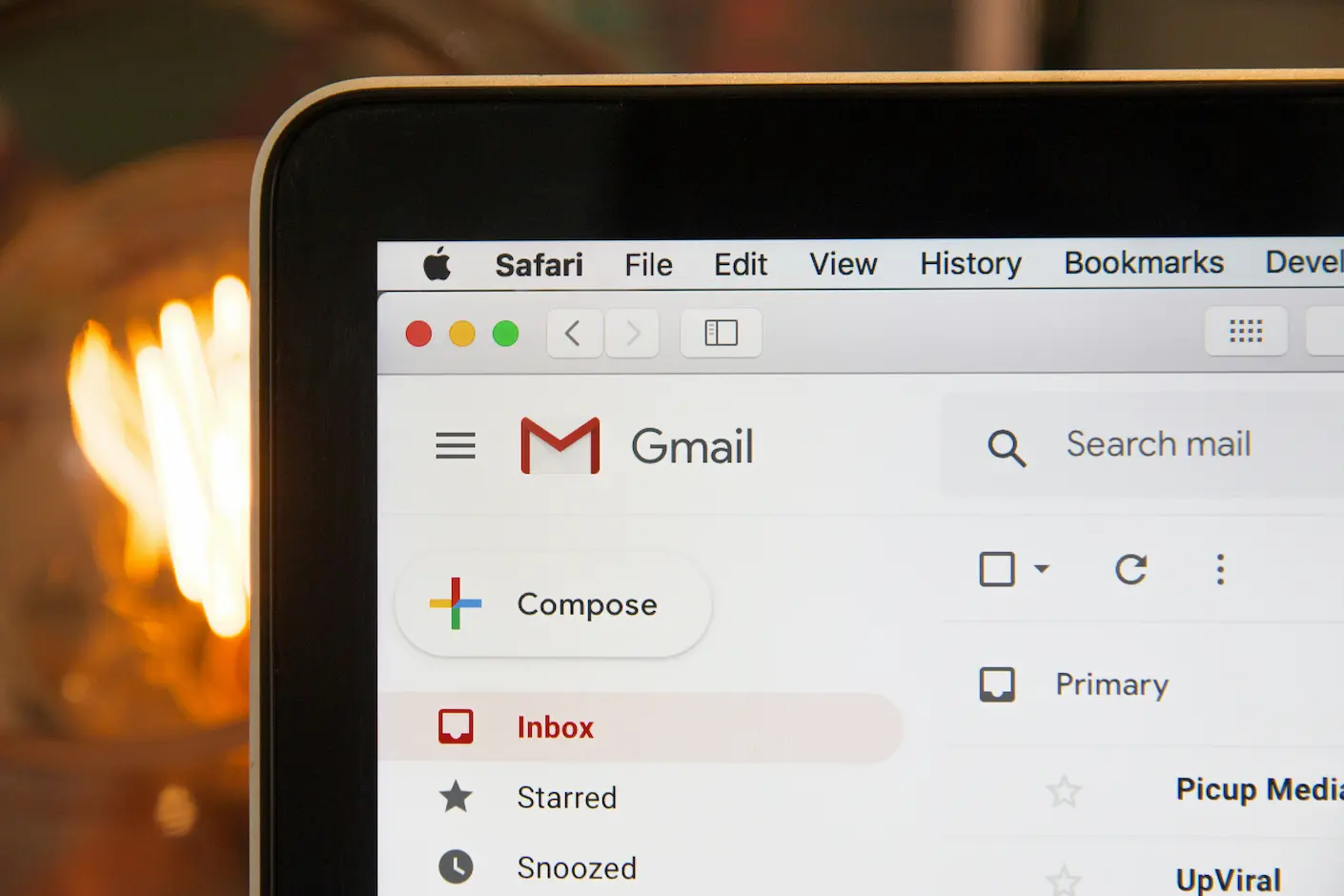
How to Get People to Say Yes More Often
So how do you get more people to say yes voluntarily? The key is to make it easy to choose, positive, and clear. Let’s talk about best practices.
1. Explain the Value Upfront
No one is going to give their email address without knowing what’s in it for them. Therefore, you have to tell them explicitly what the benefits are. Do not simply say “Subscribe to our marketing emails,” but demonstrate the benefits:
- Early access to discount
- Special product launches
- Weekly tips or tutorials
- Behind-the-scenes news
When the customers understand the value, they are more likely to opt-in to receive marketing emails in your system.
2. Keep It Optional
Forcing someone to sign up for emails is a quick way to lose their trust. Instead, always make it optional. Show respect by giving customers authority.
Ironically, making it optional creates better-quality subscribers, because the people who decide to opt in actually want your message. And when people feel they’re being respected, they’re more loyal.
3. Use Friendly Language
Your sign-up form copy matters. Bland, robotic wording like “Subscribe to marketing emails” sounds like a bot composed it. But warmer, more human-written copy creates excitement.
Experiment with:
- “Yes! I want early access to discounts and updates.”
- “Count me in for insider news and offers.”
- “Keep me posted on deals I don’t want to miss.”
This human element makes the process of choosing more attractive. When people are positive about the process, they’re more likely to choose to receive marketing emails in your system.
4. Allow Customization
Customers do not always require all the same kind of emails. Some will only take promotions, some will take news, and some simply want to be updated occasionally. By letting people make their choices, you increase satisfaction as well as reduce unsubscribes.
For example, you can provide such options as:
- Product launches
- Discounts and promotions
- Company news and events
- Weekly educational tips
When people make the decision themselves, they feel they are in charge. That makes them that much more at ease with choosing to receive marketing emails in your business.
Best Practices for Businesses
The story does not conclude when a customer makes a selection in. It is really just the beginning. If someone does choose to receive marketing emails from within your system, now it is your responsibility to honor that choice. Here’s how:
Deliver Valuable Content
The golden rule: make every email worthwhile. Send too many sales pitches and people will unsubscribe in no time. So switch between useful content and promotions. Send tips, insights, or stories together with offers. They get to read something other than promotions, so that’s why they remain.
Respect Frequency
Spamming customers daily with spam emails is the fastest way to lose them. Be sure to watch how often you send messages. Less can be more. Sending periodic updates weekly or every fortnight tends to work better than sending updates continuously.
Customers will be glad they signed up for marketing emails in your system if they feel like their time is important to you.
Make Unsubscribing Easy
It seems counterintuitive, but keeping it easy to unsubscribe ends up making customers trust you. If they want to opt out, then they can do so without any fuss. Coercing people doesn’t make them happier, though, and damages your reputation instead.
To everyone’s surprise, easy unsubscribe options usually lower spam complaints and even cause people to rejoin later when they are ready.
Personalize Your Emails
Personalization is more than just inserting one’s name. It’s creating content relevant to their interests, preferences, and past behavior. If the individual has bought a specific product, then recommend similar ones. If they prefer information-based content, then offer additional tips.
The more personalized your messages are, the more customers will feel that they made the right decision in choosing to receive marketing emails from your business.
The Long-Term Benefits
When customers sign up to receive marketing emails in your database, the return is so much higher than a single signup.
1. Quality Leads
Your email list gets filled up with people who really want to be hearing from you. They’re not cold leads—these are warm leads with a much greater chance of converting.
2. Enhanced Brand Reputation
Respecting consent shows you respect customer choice and transparency. This establishes your reputation as a brand and strengthens positive word of mouth in the long run.
3. Cost-Effective Marketing
Instead of wasting money on people who don’t care, you focus your efforts on those who do. That means your campaigns get more bang for less buck.
4. Stronger Relationships
Each email you send is a touchpoint to build relationships. Months or years later, it becomes customer loyalty, repeat purchases, and word-of-mouth referral.
Ultimately, each time a customer chooses to receive marketing emails from your company, you’re planting the seed for long-term growth. Nurture it well, and the dividends compound over time.
Conclusion
The heart of modern email marketing is this single dramatic decision: whether or not the customer chooses to opt-in to receive marketing emails in your business network. Not at all a small thing—merely clicking a box or subscribing to a newsletter—it represents so much more. It’s a declaration of trust, interest, and wanting to build a long-term connection with your brand.
We’ve shown you how this choice affects every facet of your marketing strategy. It builds trust and honesty, because customers expect you to respect their inbox and tell the truth. It ensures legal compliance, so you can feel safe marketing in GDPR, CAN-SPAM, and other global regulations. It generates quality engagement, because your messages reach people who actually want to hear from you.
It becomes simpler to get more individuals to make this choice once you establish value upfront, opt it in, speak with individuals in a conversational tone, and permit customizations. But the hard part comes next. When an individual does choose to accept your marketing emails in your site, the ball is in your court: deliver useful content, respect frequency, simplify unsubscriptions, and personalize.
The advantages of honoring this choice are enormous. Your email list grows with high-quality leads, your brand reputation is built through credibility, your campaigns become cost-effective, and your customer relationships strengthen over time.
In a noisy world in this digital age, the inbox is still a personal space. Every person who chooses to get marketing emails from your company isn’t just adding their name to a list—the’re giving you a present, trusting you, allowing you to share something worthwhile. Businesses that recognize the weight of such a choice, and respect it at every level, won’t just have stronger marketing results but also build more grown-up, loyal customer relationships.
At the end of the day, success doesn’t come from sending the most emails—it comes from earning the right to send them.

